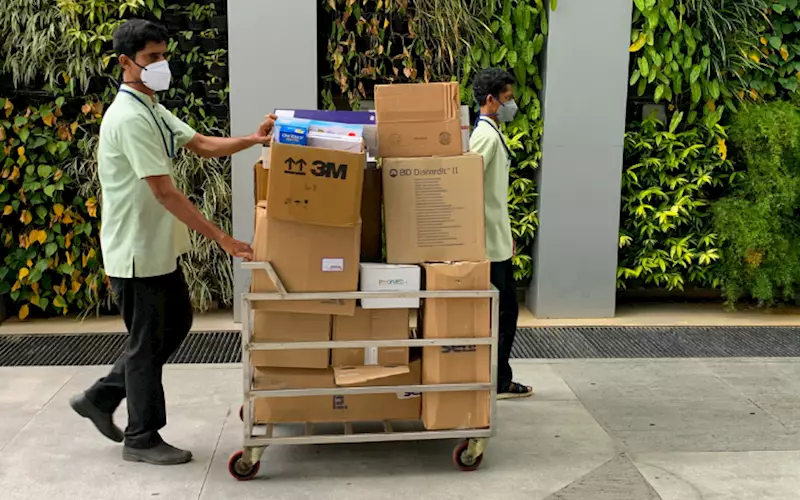EPR vital for circular economy, Smithers finds
A latest study by Smithers reveals how EPR schemes can be beneficial for implementing a truly circular economy for packaging materials. However, it warns of cost and operational implications for manufacturers.
13 May 2022 | By Aultrin Vijay
Extended Producer Responsibility (EPR) schemes are emerging as the preferred legislations for managing single-use plastics, and implementing a truly circular economy for all packaging materials, a recent study by Smithers has found.
But there’s a catch. “While there is enthusiasm for these in some sectors of the industry, adapting to EPR rules will have both cost and operational implication for packaging producers and users,” the study, which tracks business, financial, and environmental impacts for EPR legislation for packaging, warned.
Published in May, The Impact of EPR Legislation on the Packaging Industry to 2032 from Smithers charts how EPR schemes will develop in the short term and across the next decade.
“While the trend is most advanced in Europe – where EPRs are an existing solution for e-waste, batteries and road vehicles – this is a global trend,” it stated. Smithers’ analysis considers existing and prospective EPR legislation for packaging in 15 global regions and leading national markets; with EU rules forming a template to compare and assess alternative approaches.
An EPR framework provides a broader umbrella for a more sustainable future for packaging, and Smithers assesses the potential impact within them of multiple specific measures, including product and material prohibitions, fees, taxes, and surcharges; increased recycling targets, requirements mandating minimum recycled content, and design for recyclability protocols.
It also covers common packaging plastics (PET, LDPE, HDPE, PVC, PP, PS, other), paperboard (folding cartons, corrugated), metal (aluminium, steel) and glass packaging formats.
Authored to directly address the needs of packaging and fast-moving consumer goods (FMCG) companies, the report identifies seven design priorities as the sector adapts to this emergent regulatory landscape.
These are: designing packaging that is easier to deconstruct and recycle at end-of-life; creating new and existing formats that can incorporate higher levels of recycled materials, without compromising material performance, aesthetics, or safety; investing in waste management infrastructure for collection, sorting, and recycling; lightweighting and simplifying existing packaging formats; deployment of reuse and refill packaging platforms; implementing sustainable sourcing chains for packaging materials; and identifying market niches for biodegradable packaging substrates.
The report is contextualised for the packaging industry by an in-depth examination of the impact the changes will have on business operations in the form of extra charges, organisational and recording keeping requirements, and the steps converters and brand owners are already taking to prepare.
“The Impact of EPR Legislation on the Packaging Industry to 2032 delivers expert critical insight into the short- and medium-term evolution of this important trend for the whole packaging value. It profiles the latest regulatory requirements, proposals and best practices for managing the transition to EPRs in packaging through to 2032,” a press note shared with WhatPackaging? stated.











 See All
See All